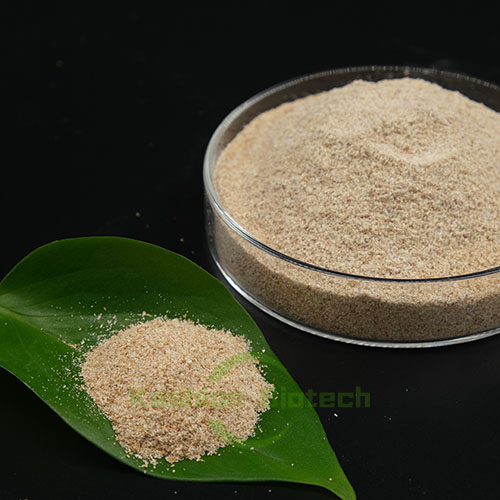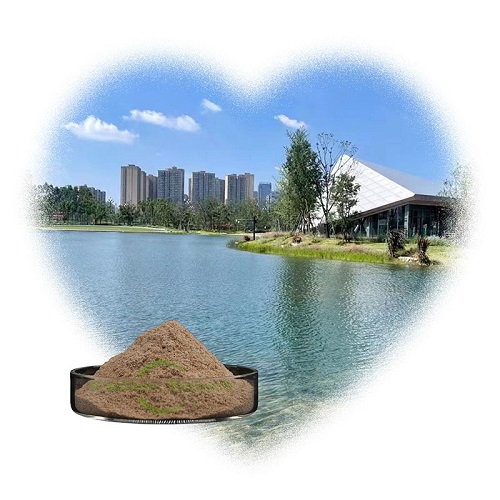
Home Products Sewage Treatment Bacteria Garbage Infiltration Treatment Anaerobic treatment technique for sewag

Overview of anaerobic reactions
The biological treatment of wastewater is called the process of decomposing organic matter into simple inorganic matter by using metabolic activities in microbial life process. Microorganisms can be divided into aerobic, anaerobic and facultative organisms in between according to the oxygen requirements of metabolic processes. Anaerobic biological treatment is the use of anaerobic microbial metabolic processes to convert organic matter into inorganic matter and small amounts of cellular matter without the need to provide oxygen. These inorganic matter includes large amounts of biogas (i.e. Biogas) and water. Anaerobic is a low-cost wastewater treatment technology that combines wastewater treatment with energy and is particularly suitable for use in developing countries.
The anaerobic reaction process can be divided into four stages
Hydrolysis stage - broken down into small molecules by bacterial extracellular enzymes. For example, cellulose is hydrolyzed by fibrinase to fibrinose and glucose, starch is decomposed by amylase to maltose and glucose, and protein is hydrolyzed by protease to short peptide and amino acid, etc. These small molecule hydrolysates can be dissolved in water and used by cells through cells.
Fermentation stage - small molecules of compounds are converted into simpler compounds inside the cells of fermenting bacteria, known as acidifying bacteria, and secreted outside the cells. The main products in this stage are volatile fatty acids (VFA) alcohols, lactic acid, CO2, hydrogen, ammonia, hydrogen sulfide and so on.
Acid production stage - the previous stage products are further converted to acetic acid, hydrogen, carbonic acid and new cellular substances.
Methanogenic phase - the phase in which acetic acid, hydrogen, carbonic acid, formic acid, and methanol are converted to methane, carbon dioxide, and new cellular materials.

Advantages
1、It can be used as a combined system of environmental protection, energy recovery and ecological virtuous cycle, and has good social, economic and environmental benefits.
2、Low energy consumption, low operation cost, the cost of medium and above (1500mg/L) concentration of wastewater is only 1/3 of aerobic process.
3、Recycle energy. Theoretically, 1kgCOD can produce 0.35m3 pure methane, and the burning value (3.93×10-1J/m3) is higher than that of natural gas (3.93×10-1J/m3). Taking the 10tCOD plant as an example, the daily output of biogas is 2240m3, equivalent to 2500m3 of natural gas or 3.85T of coal, and 5400Kwh of power generation, calculated based on 80% COD removal and 80% theoretical value of methane.
4、High equipment load, small footprint;
5、The surplus sludge is less, only equivalent to 1/6 ~ 1/10 of aerobic process;
6、High concentration organic wastewater can be directly treated without dilution.
7、Anaerobic bacteria can be suspended in the water supply and nutrition conditions, retain biological activity and sedimentation for a year, suitable for intermittent and seasonal operation.
8、The system is flexible, the equipment is simple, the production management is easy, the scale can be large or small.
Name: Nicole Yu
Mobile:+86 17718148007
Tel:+86 17718148007
Whatsapp:8617718148007
Email:sales@kashionbiotech.com
Add:No.6, Zhanxi Road, Yaohai District, Hefei City, Anhui Province, China.